
With all the good Japanese restaurants to choose from all around the Izu city in Shizuoka Prefecture, local specialties are possibly the ones you cannot miss out. Izu has everything, from Japanese cuisine to desserts. This time, we are going to look at 5 must try items to make eating a big part of your Izu journey!
1. Inoshishi Nabe
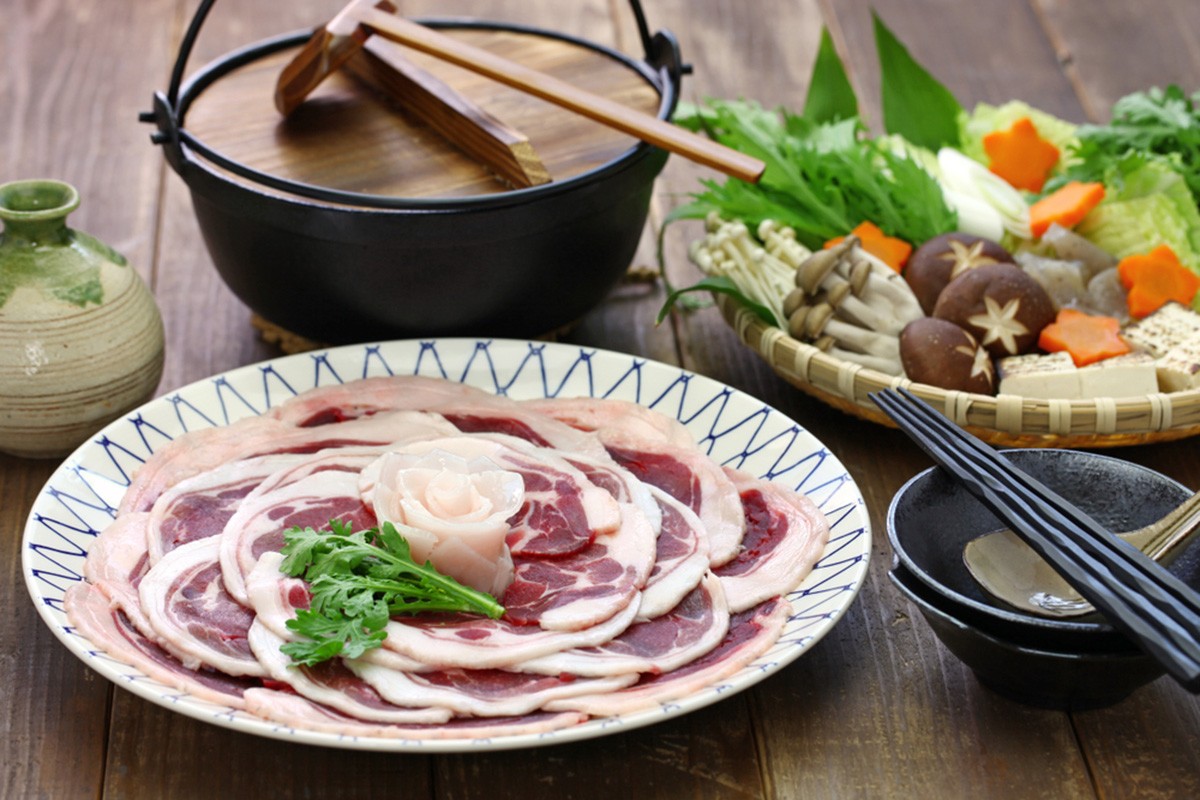
Inoshishi Nabe (いのしし鍋, wild boar hot pot) is the local cuisine in the Amagi area of Izu city. It is a delicious wild boar meat stew, which is well cooked and soft, together shiitake mushrooms, nappa cabbage , green onion, and tofu curds. The miso based exquisite is super condensed, rich, and sweet. As the meat slices look like a peony flower, the pot is also called “peony pot” (Botan nabe in Japanese). And, Amagi is actually one of the “3 wild boar hunting spot” in Japan. There are many good restaurants in every corner of the Amagi area, while “Izu Sataro” (伊豆の佐太郎) amd “Sasano” (月ヶ瀬 ささの) are particular good to try. The pot is at around 2,000-4,000 yen. (As of August 2019)
2. Raw Wasabi

Izu is famous for producing wasabi in Shizuoka, and it is also the nationwide number one in terms of amount of wasabi production in a year. Izu’s wasabi tastes just-right spicy, refreshing,, and with a nice after taste. You can try Izu’s wasabu in rice bowls, pickles, miso, soft serves, etc. While wasabi rice bowls and pickles are relatively common in many areas, wasabi soft serve is exclusive to Shuzenji onsen town and the highway rest area “Amagigoe”. Just try the wasabi rice bowl at “Wasabi Garden Kagoya” (わさび園 かどや), and its soft serve at “Caf’e Hirono” (Caf’e 弘乃). The price varies, while rice bowl should be around 700 yen and the soft serve is around 350 yen. (As of Aug 2019)
3. Ayu Cuisine
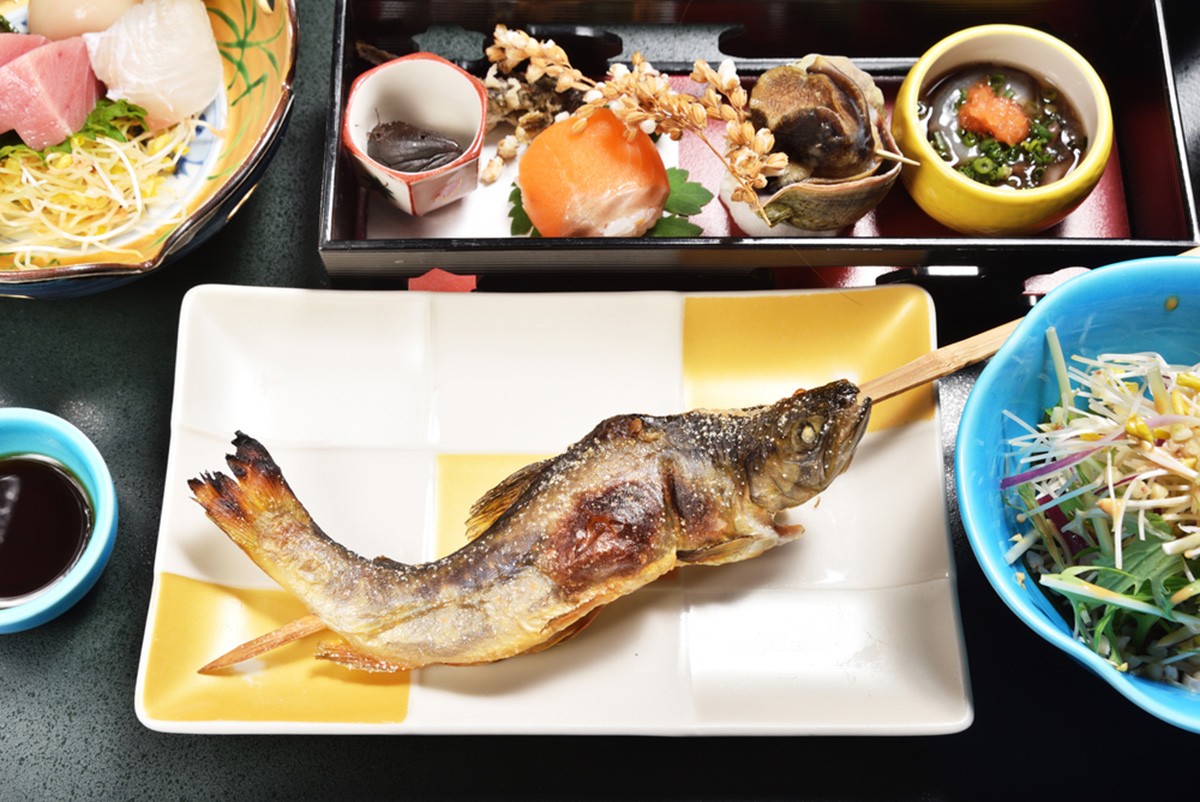
Kanogawa River, Izu is famous for the ayu (鮎, sweetfish) it inculcate, and sweetfish dishes are one of the must try signature in the city. The meat of ayu from Kanogawa is nicely fragrant, which is equally great to enjoy in different ways like salt grilled, boiled, and sushi. The best season to eat ayu sweet fish is from late May to late October, so you must eat that if you are around from early summer to autumn.
Restaurants serving ayu dishes are especially abundant in areas around the Kano river, while “Ryukotei (柳光亭)”, “Kanogawaya” (狩の川屋), and “Ayuchaya” (鮎茶屋) are particularly famous. A dish of salt grilled or boiled sweet dish costs a little under 1,000 yen, set meal comes at around 1,600 – 2,000 yen. (As of August 2019).
4. Black rice
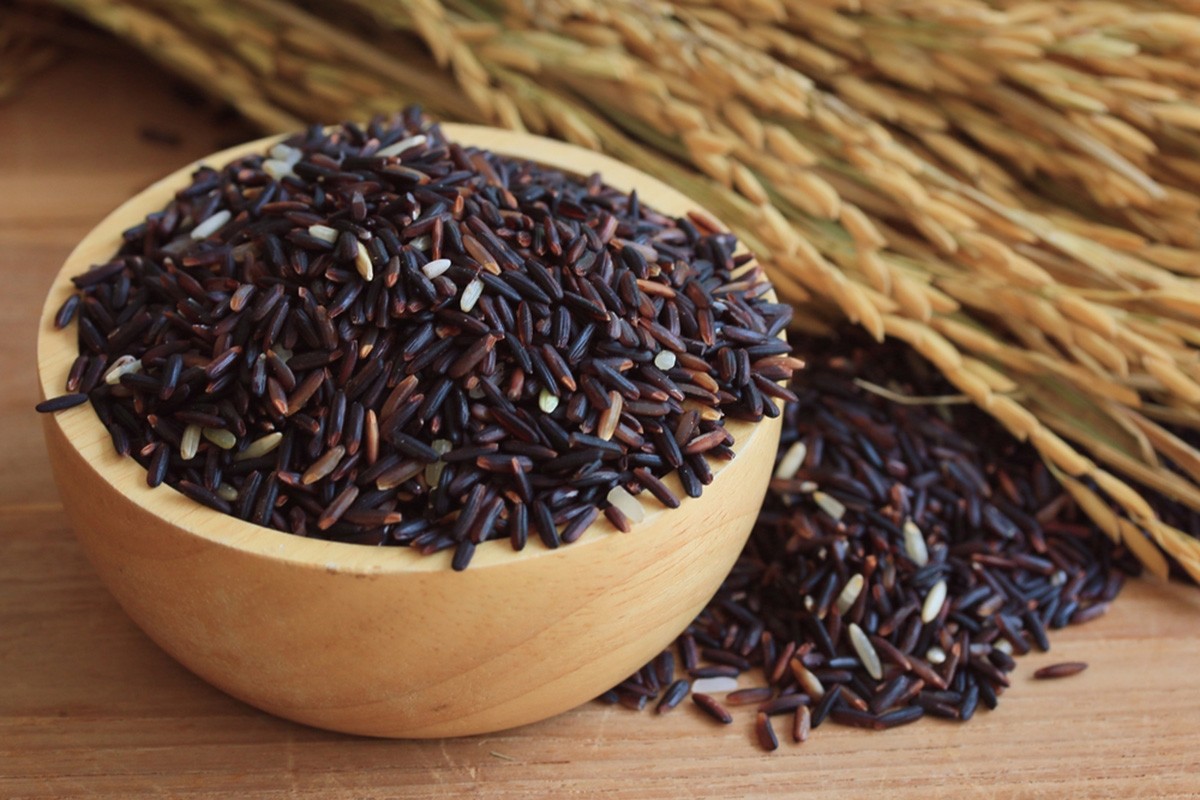
Block rice (黒米) is a local specialty in the Shuzenji area in Izu, which is famous for the slightly sweet taste, mouthwatering fragrance, and chewy texture. It is rich in vitamins B1, B2, iron, and protein when compared with normal rice, and it is particularly common to appear in soba noodles, fried rice, chiffon cake, soft serve, and many other desserts.
Let’s head to the Shuzenji area to try out the black rice. We recommend “Shuzenji soba restaurant Shikishi” (修善寺そば処 四季紙), “Yukawa restaurant” (食堂ゆかわ), and “honohono café”. As for the budget, meals are around 1,000 yen, desserts are normally under 500 yen. (As of Aug 2019)
5. Tokoroten

Tokoroten (ところてん) is a dish in west Izu. It is traditionally made by boiling a seaweed called tengusa then cooled down to congeal into a jelly. Tokoroten in west Izu is usually prepared with the spring water from Mt. Amagi or Mt. Fuji, which is extra sticky, chewy, and of course, delicious.
Tokoroten usually appears as take-home souvenir, seldom as a ready-to-eat dish in restaurants. While if you want to try out there, visit “Kanmidokoro Izukappa Mishima Hirokoji Shop” (甘味伊豆河童 三島広小路店), “Dogashima restaurant” (堂ヶ島食堂), or “Jizakana Sakura” (地魚 さくら).
The price varies among restaurants, ranged between 500 - 600 yen. By the way, justorder a set meal at “Dogashima restaurant” and you can enjoy an all-you-can-eat tokoroten for free! (As of Aug 2019)
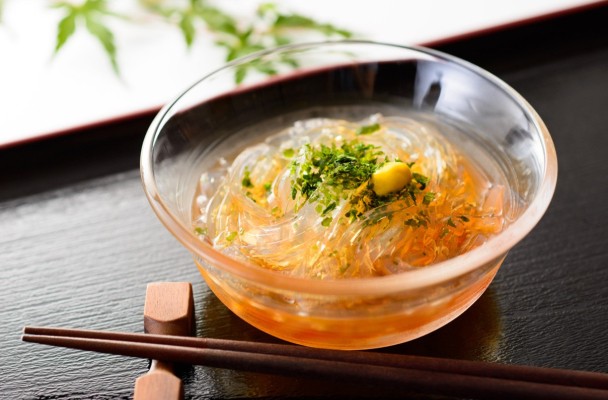
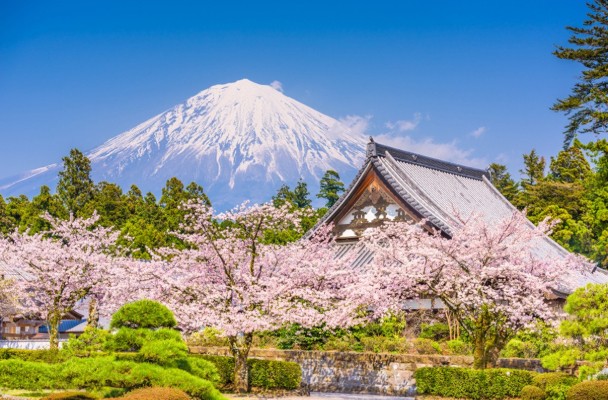
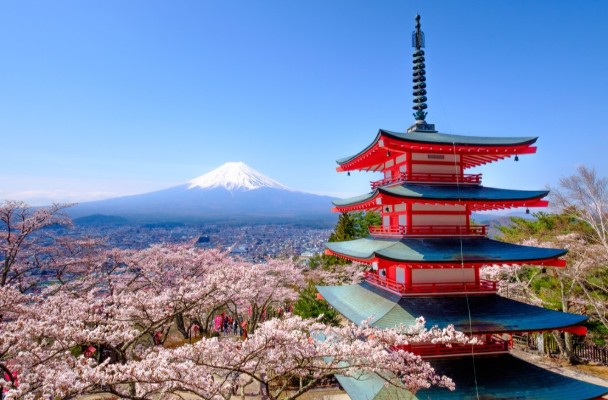

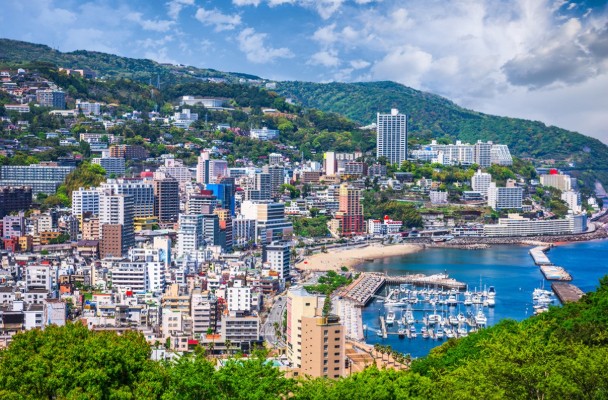
Comments